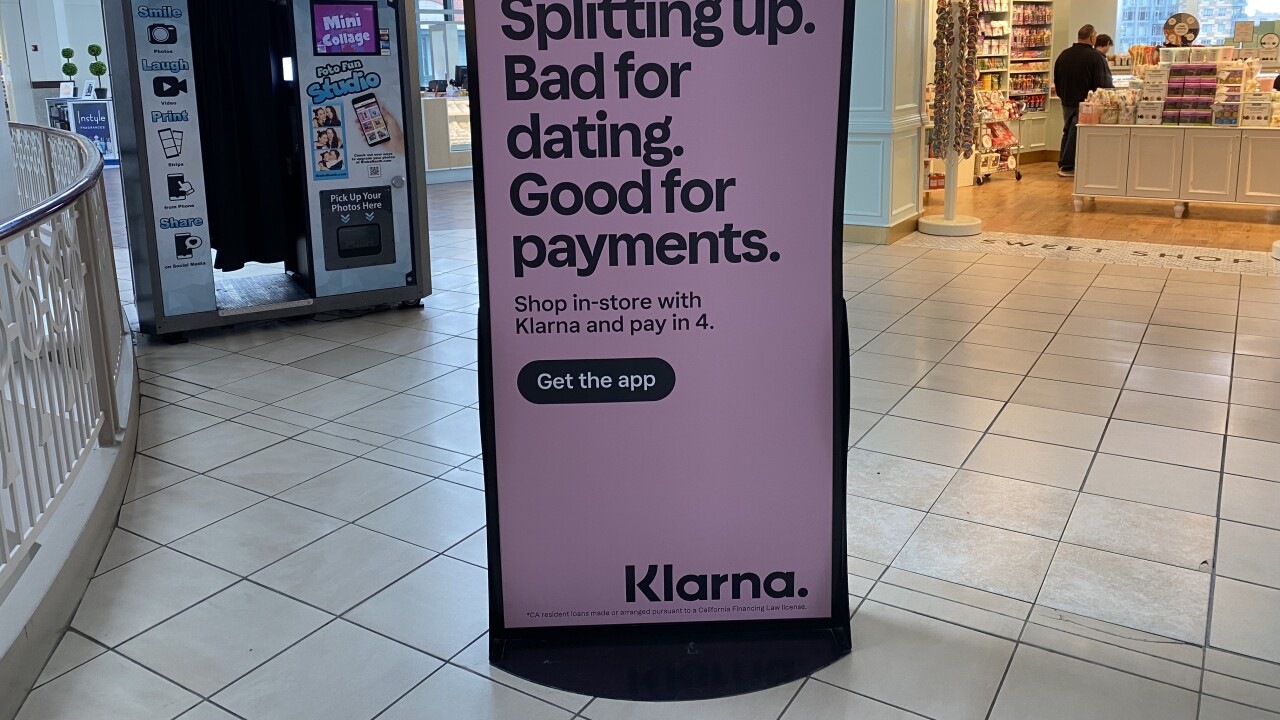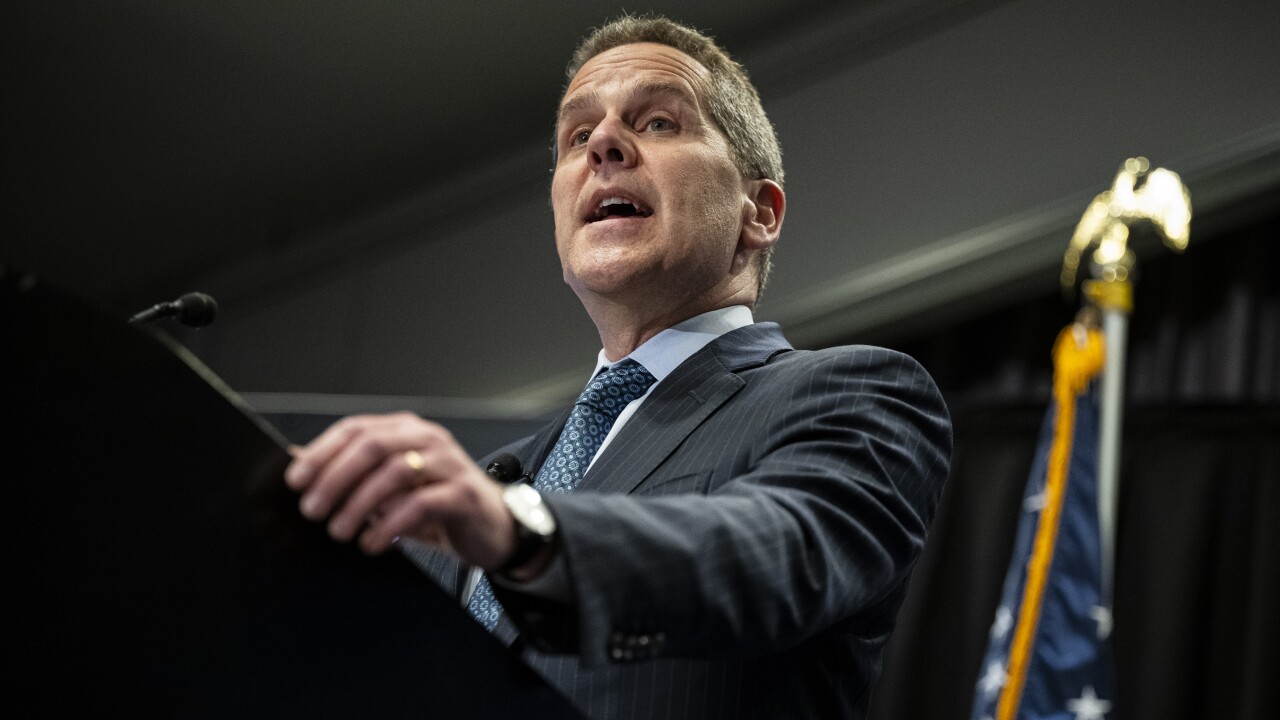As the world attempts to come to terms with the spread of COVID-19, in financial services thoughts have turned to how digital services can support people as they increasingly self-isolate, or have to work remotely for an extended period of time.
Within this, the debate around the use of physical money has resurfaced. Cash is still the most frequently used form of payment in the U.S., according to the Federal Reserve, representing about 30% of all transactions. But how will this be affected by the coronavirus crisis?
Some organizations are discouraging the use of cash in an effort to limit the virus’ spread. Bank branches are closing to protect workers and customers, with Chase the latest example, shuttering around 20% of its branches in the U.S.
While the U.S. was already shifting toward using less cash, there’s now scope for the pace of change to increase rapidly. The growth in popularity of smartphones, mobile and online banking, and
Add to these the explosion in global payments innovation, from iZettle’s portable, low-cost payment acceptance tools for SMEs to Stripe’s simple e-commerce payment processing platform, and you can see how a cashless future could become a reality.
So is coronavirus becoming the prevailing factor?
This divisive concept of a cashless society has been discussed at length. Prior to COVID-19, many saw the shift toward cashless as inevitable, highlighting benefits for both consumers and businesses associated with convenience, cost and physical security. There are already examples from elsewhere in the world evidencing the theory — China is well on its way to becoming a cashless society, with cash fast being superseded by mobile payments. Scandinavia is also leading the way toward cashlessness, with Sweden on track to become the world’s first cashless society by 2023.
On the other side of the debate are those campaigning to protect universal access to cash, calling out the disproportionately negative effects that ditching notes and coins would have on the poorest and most vulnerable segments of society.
Regardless of where you are in the world, the cashless trend presents a number of considerable benefits for consumers and businesses alike.
Everyone can appreciate convenience, and it’s certainly true that digital payments make it quicker and easier to pay in most everyday situations. Contactless has made it possible to tap and go — no queues and no fumbling with loose change. Mobile payments mean you don’t even have to carry a wallet with you at all, just your phone. The convenience of using smartphones to transfer money in a matter of seconds is impressive and we can
For businesses, there are a number of pros associated with going cashless which are hard to ignore. In many areas, the cost of handling cash is increasingly disproportionate to the number of customers who actually want to use it, meaning that a growing number of retailers are opting not to take cash at all.
Not having cash on the premises can be a major win: reducing the risk of robbery, increasing physical security for staff and eliminating inefficient cash reconciliation processes at the end of each day. Banks now charge serious fees for depositing cash which, coupled with the slow demise of local branches, at least in the U.K., has turned the whole process into a serious headache for many businesses as they’re forced to make longer journeys to pay more to deposit their money.
A cashless future looks undeniably appealing on a number of levels. However, we must contextualize the benefits — it’s important to understand the potentially damaging implications a cashless system could have on certain segments of society.
Not everyone is happy with the idea of going cash-free and there will always be those individuals who don’t feel comfortable leaving the house without a wad of cash in their pocket. These people will defend their right to use cash until the bitter end, stubbornly refusing to adapt to a wholly electronic payments system.
Nevertheless, the real crux of the cashless society debate is not about personal preference, it’s about the fundamental importance of fairness and inclusivity.
Poverty is highlighted as the biggest indicator of cash dependence, not least because the poorest in society are unlikely to have the means of accessing computers or smartphones to enable them to bank digitally.
Other groups with a high dependence on cash who would be disproportionately affected include charitable organizations; rural communities without access to reliable internet/mobile coverage; the unbanked; the elderly; those with physical or mental health issues who struggle to manage funds, as well as people with a history of debt problems. For this latter group, who may be particularly reliant on using cash to limit their spending, the lack of friction associated with electronic payments could present a considerable problem.
Cash is vital in supporting financial inclusion and we have a social responsibility to ensure that as cash is phased out, the vulnerable in society are not left behind. That is what’s behind many cities in the U.S. — including New York, San Francisco, along with the state of New Jersey — passing legislation to require cash acceptance.
As global demand for frictionless commerce increases alongside smartphone ownership, the use of electronic payments will continue to grow at the expense of physical cash.
The trend towards cashless is inevitable, and could be accelerated by current events. But a gradual transition is key to avoid alienating those people who depend on cash as their primary payment method.
Educating the wider population about the benefits of digital banking and electronic payments must continue to be a priority for governments and banks to ensure that people become more comfortable with using less cash in their day-to-day lives.
It will be fascinating to see whether becoming totally cash-free will actually become a reality in those countries, such as Sweden, at the vanguard of the digital payments revolution. By keeping a close eye on their progress and challenges over the next few years, the other markets can strive to plan and prepare properly for their own shift to cashlessness to ensure as few people as possible are left behind.





